Located in the inner city, connecting metro, bus, Saigon station when becoming a large passenger transit point will help people travel conveniently, reduce congestion, according to the consulting unit.
According to the planning report of railway routes and stations in the Ho Chi Minh City hub area, which is being consulted by the Railway Department, Saigon Station, District 3, is proposed to become a passenger transit center between many types of transport such as national railway, metro, bus... Around the central station, there will be three "satellite" stations, including Binh Trieu, Tan Kien, Thu Thiem, with the function of being a hub for passengers, combined with a technical operation area for repairing and maintaining locomotives and carriages. Tan Kien alone will have the additional function of being a cargo station in the city.
With the above orientation, Saigon central station, instead of currently having both passenger and freight trains and a technical operation area located next to it, will become a hub for only transferring passengers between trains. The station will include a complex of many works such as a square for the metro station, bus station, taxi, parking area... to facilitate passenger movement. The organization of train operations on the Binh Trieu - Saigon - Tan Kien axis will follow a "pendulum" style through the central station.
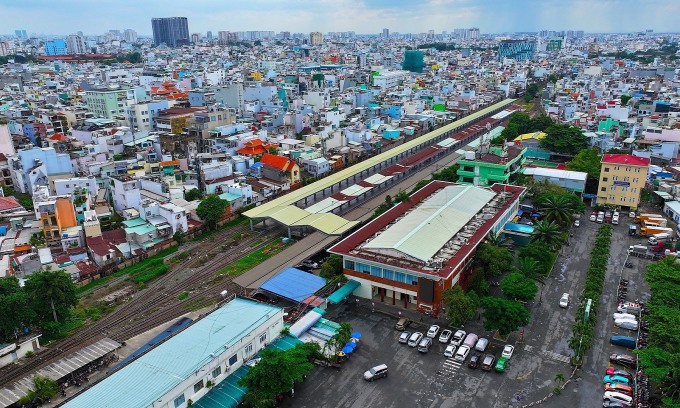
Panoramic view of Saigon station from above. Photo: Quynh Tran
Explaining this proposal, Mr. Dang Minh Hai, General Director of Southern Transport Design Consulting Joint Stock Company (Tedi South) - representative of the consulting consortium that prepared the research report, said that the plan to arrange central passenger stations, hub stations and organize passenger transport like this will solve traffic congestion at gateways as well as in the inner city. He cited some large cities such as Berlin, Tokyo, Beijing, all of which have large stations in the center, connecting many types of public transport for passengers to conveniently move between areas.
According to Mr. Hai, before moving to its current location, Saigon Station (Hoa Hung) used to be located in the 23/9 Park area, near Ben Thanh Market, District 1. This place was originally planned to be the central train station of Ho Chi Minh City, surrounded by major stations. However, the connection is fragmented, so current studies aim to synchronously integrate the entire network, including national railways, urban railways and other types of public transport in the area.
According to the above traffic organization, to avoid intersections with roads, the Binh Trieu - Saigon section, nearly 8 km long, is calculated to be elevated along the existing railway route. The section from Saigon station to Tan Kien, nearly 16 km long, is also studied to be elevated or underground to synchronize the network and not create intersections with roads.
"There are also some concerns about the elevated route, such as it may cause loss of aesthetics and noise, but with current design and technology, it will not be difficult to overcome," said Mr. Hai, adding that if done well, it can create a more modern landscape for the city, while conflicts at intersections with roads will also be eliminated, helping to limit congestion in the inner city.
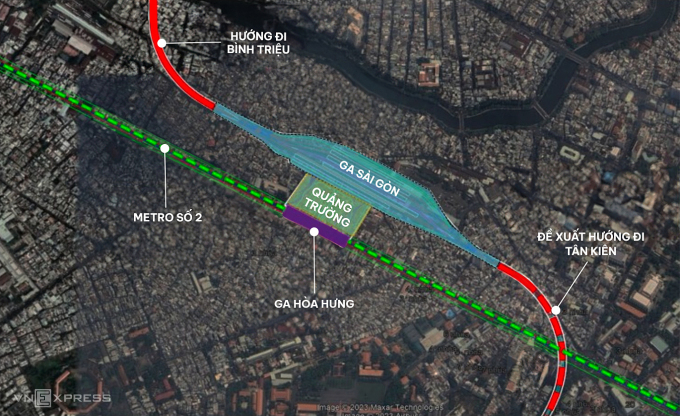
Saigon Railway Station with the city's traffic connections. Graphics: Dang Hieu
In addition to the functional division of the stations, the consulting consortium also mentioned the option of connecting the North-South high-speed railway to Saigon station, instead of Thu Thiem, 8 km away, as planned. Accordingly, if the end point is in Thu Thiem, the high-speed train, which has the largest number of passengers, will not be connected to the railway network in the area, especially Saigon station. This will reduce the attractiveness of train passengers as well as investment efficiency.
"High-volume passenger transport needs to integrate the entire system and many types. If it is separate, it will be difficult to be effective," said the representative of the consulting consortium, adding that it is currently only in the initial reporting stage, and plans and data are being researched and updated.
From an expert perspective, Dr. Duong Nhu Hung, from Ho Chi Minh City University of Technology, believes that railways are a less polluting, more stable and safer form of transport than other means of transport. According to him, for distances of 300-500 km, railways will have an advantage over cars or planes, provided that the station is located deep in the city - the most convenient place for passengers to travel. Therefore, he agrees with the plan of Saigon Station being a passenger center to facilitate people as well as change the habit of using public transport.
Assuming that the passenger terminal is moved to Binh Trieu or Thu Thiem, nearly 10 km from the city center, this expert believes that it is necessary to organize a synchronous public transport network, or passengers will have to take motorbike taxis, taxis, etc. This will not only cost more but also take more time, not to mention increasing traffic pressure in the gateway area. These disadvantages make it even more difficult for railways to compete with private vehicles, despite investment.
"However, the connection between the central station and the hubs, whether elevated or underground, is very costly, so it is necessary to carefully study the feasibility of implementation," said Mr. Hung.
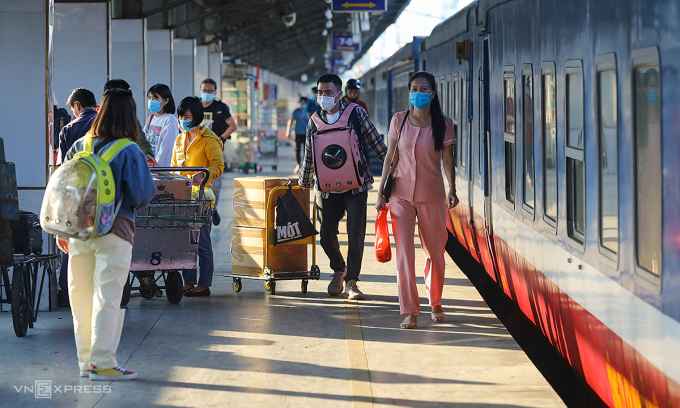
Train passengers at Saigon station in 2021. Photo: Quynh Tran
Sharing the same view, architect Ngo Viet Nam Son said that Saigon station is a large passenger transit point serving not only the North-South railway but also the metro system in Ho Chi Minh City. Re-planning the station's functions is also convenient for intra-regional traffic, because this place will focus on many types of passenger transport, suitable for short distances to neighboring provinces and cities.
"The city has invested billions of dollars in Metro Line 1, which has yet to be completed, while the location and infrastructure of Saigon Station are available, so they need to be upgraded to form part of the transportation network, integrating many types of transport," said Mr. Son, adding that Saigon Railway Station is an element in the overall architecture and urbanization of the area. Therefore, when re-planning its functions, Saigon Station needs to develop services and commerce to attract customers.
Meanwhile, contrary to the above opinions, Associate Professor, Dr. Nguyen Van Trinh, an expert from the Institute for Regional and Urban Studies, said that instead of Saigon Station being a transit hub for large volumes of passengers, it should only be re-planned as a metro station. If necessary, a transit hub could be built at Binh Trieu Station to limit cross-city trains.
"Building an elevated line would be extremely costly, not to mention easily ruining the landscape because it runs through the inner city, reducing visibility and causing noise pollution," he said.
Gia Minh
Source link



![[Photo] Party and State leaders attend the special art program "You are Ho Chi Minh"](https://vphoto.vietnam.vn/thumb/1200x675/vietnam/resource/IMAGE/2025/5/18/6895913f94fd4c51aa4564ab14c3f250)

![[Photo] Many young people patiently lined up under the hot sun to receive a special supplement from Nhan Dan Newspaper.](https://vphoto.vietnam.vn/thumb/1200x675/vietnam/resource/IMAGE/2025/5/18/6f19d322f9364f0ebb6fbfe9377842d3)

![[Photo] Ready for the top competitions of Vietnamese table tennis](https://vphoto.vietnam.vn/thumb/1200x675/vietnam/resource/IMAGE/2025/5/18/9c547c497c5a4ade8f98c8e7d44f5a41)







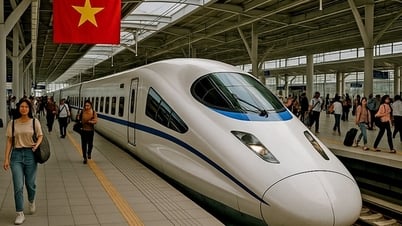





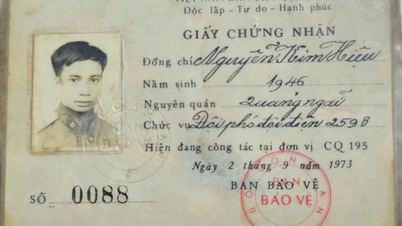





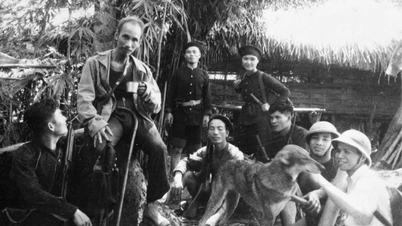










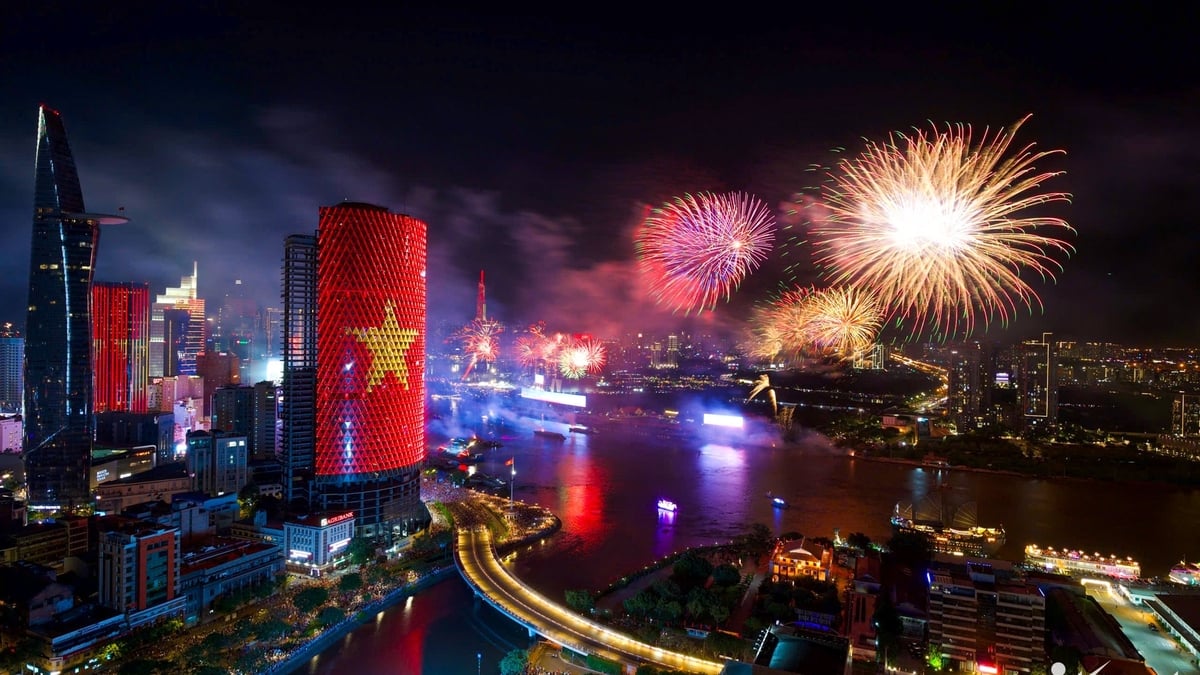





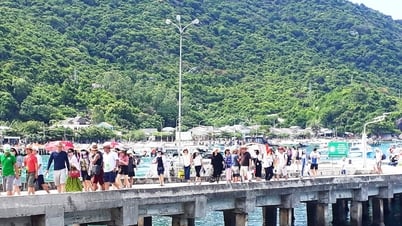
















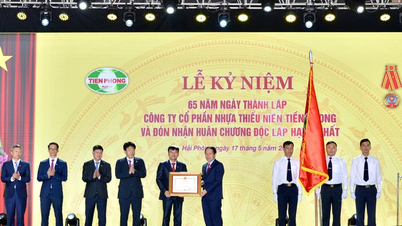









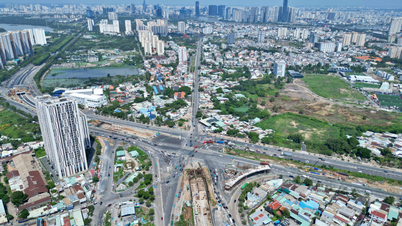






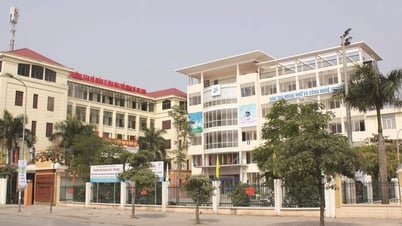








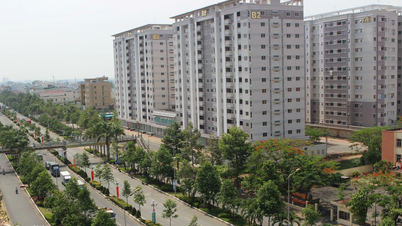

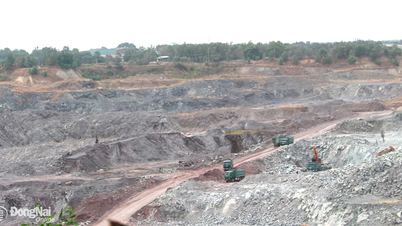










Comment (0)